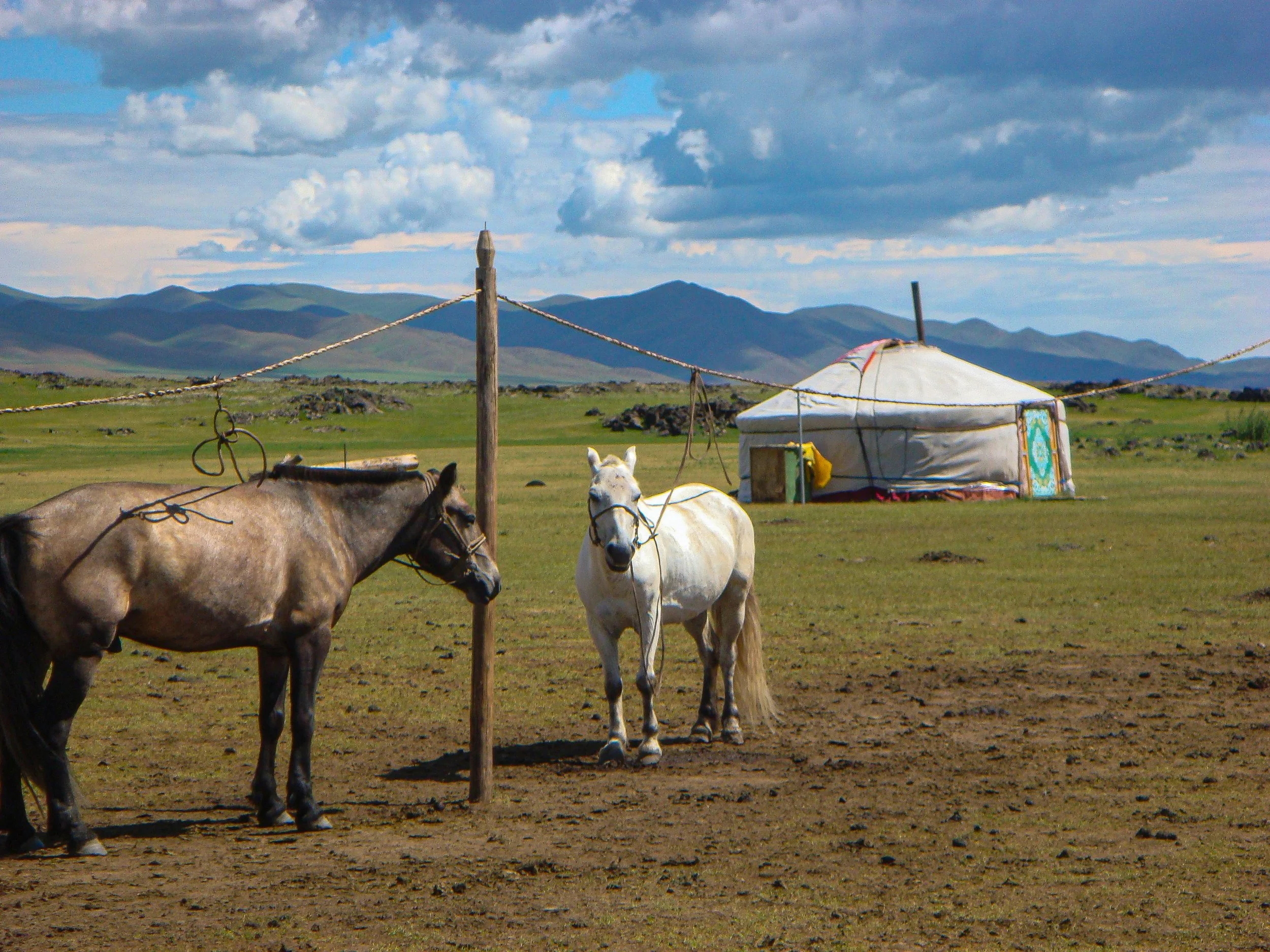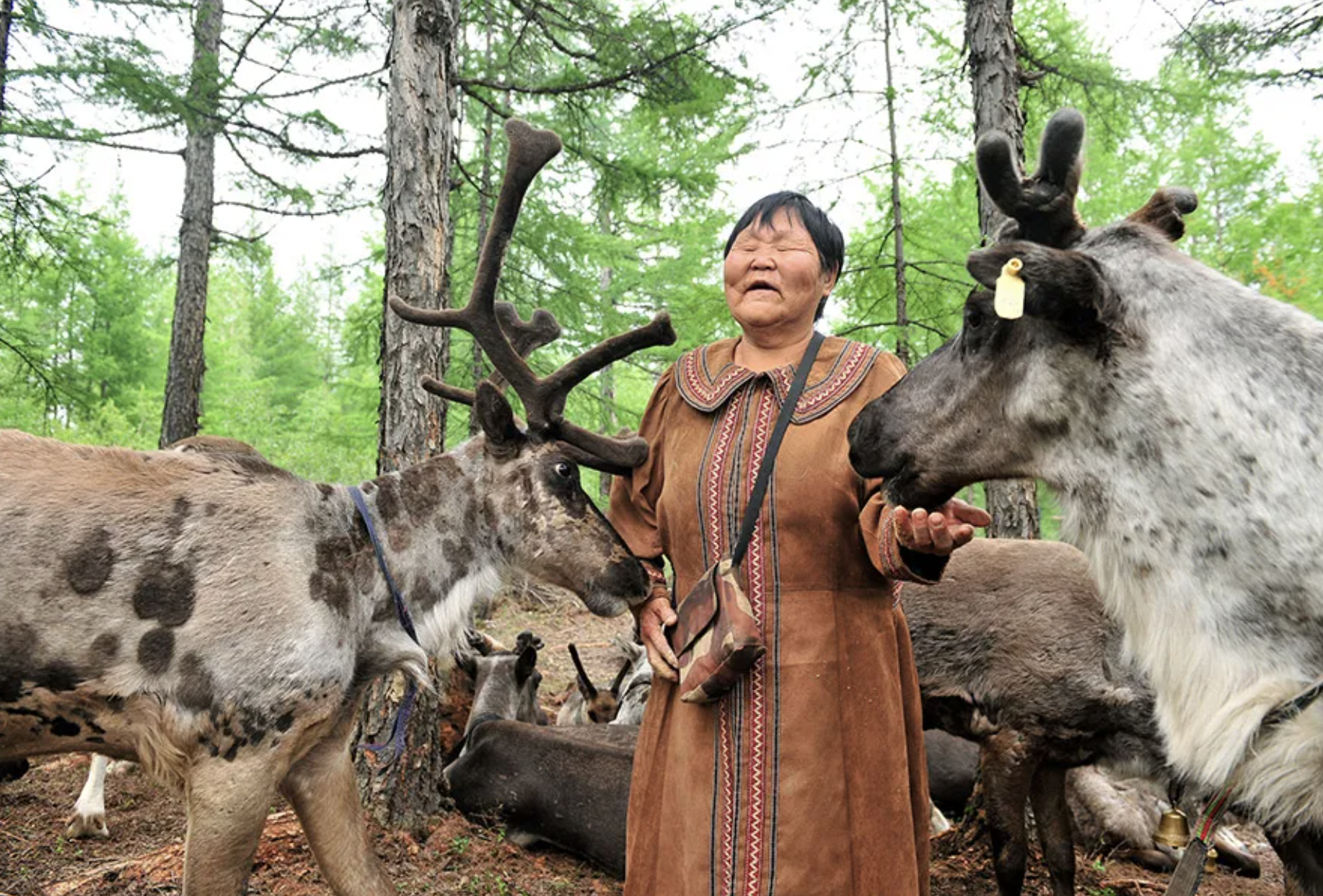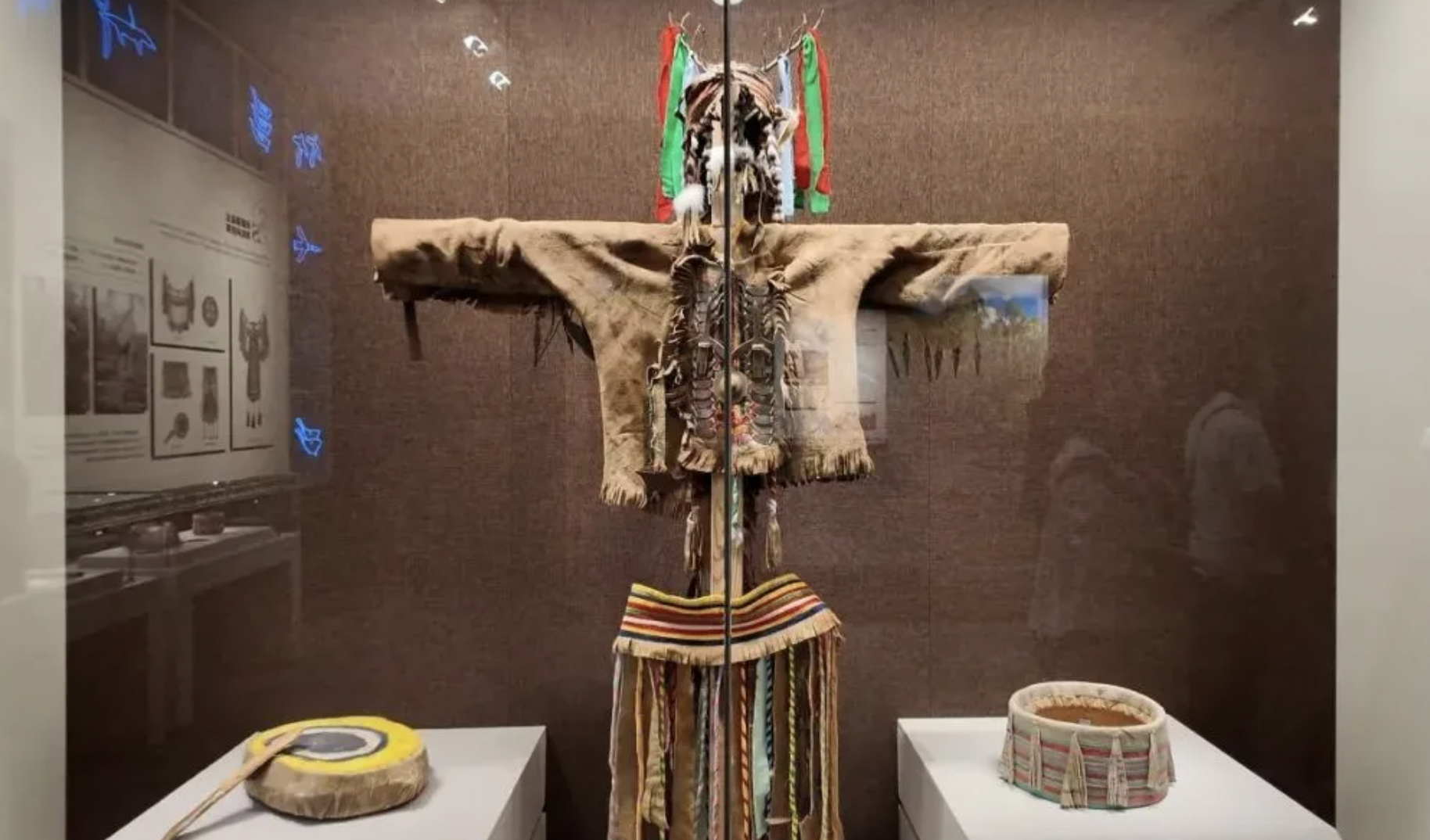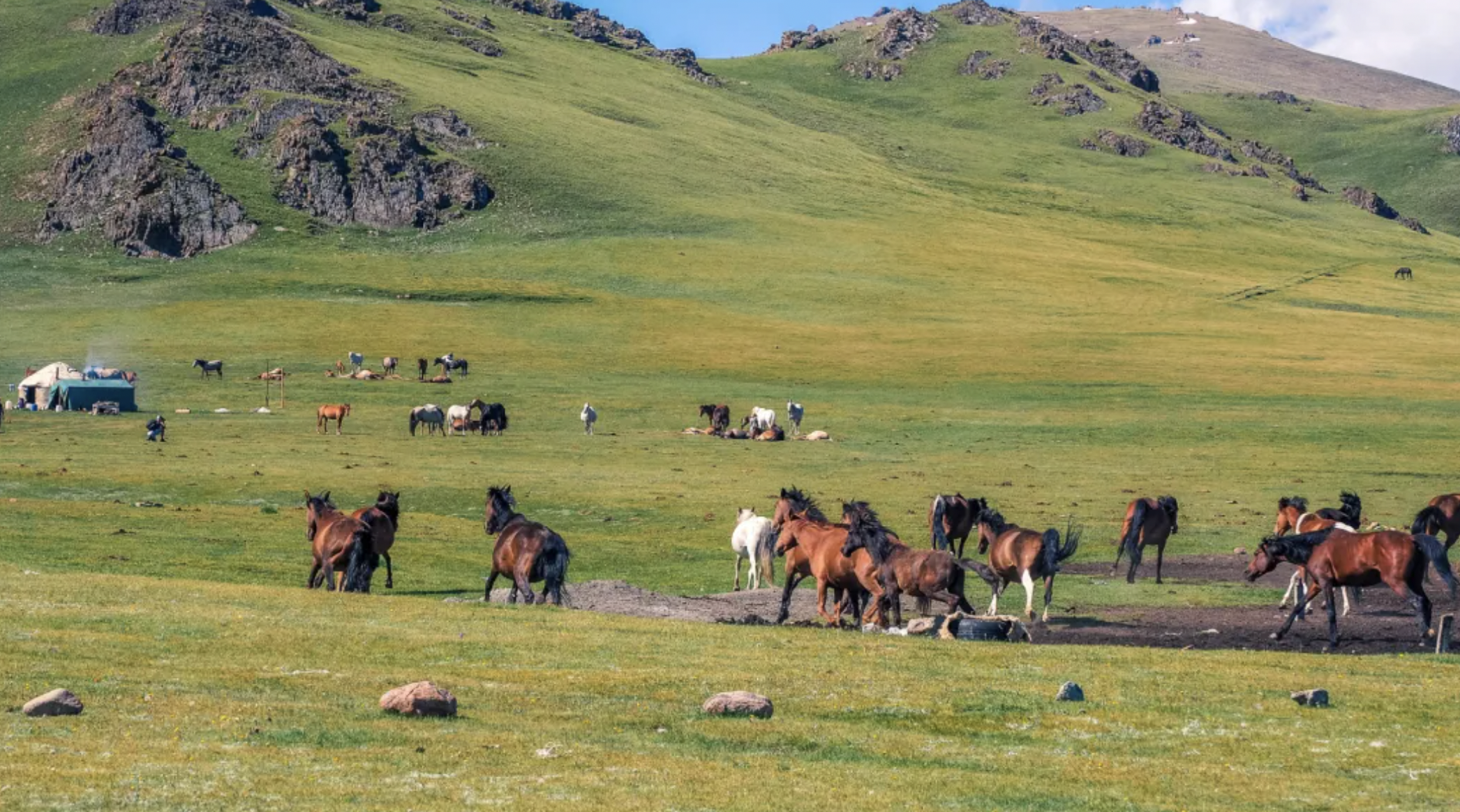Into the Wild: A Nomadic Lifestyle on a School Trip to Mongolia
The Concept of "Nature" from the Mongolian Perspective
In the Mongolian language, there is no direct equivalent for the concept of "natural environment." The term "baigal" in Mongolian is usually translated as "nature," but its meaning encompasses the "original state of things." "Baigal" incorporates a broad spectrum of elements and is perceived as independent of human will.
Mongolians believe in the interconnectedness of all things, linking human interactions, as well as interactions between humans and other living beings. Their actions within "nature" are not solely aimed at creating new possibilities or lives but also at nurturing prosperity for all life on Earth.
Mongolian music scholar Enebish Jambal once shared:
"Mongolians have ample opportunities to connect with nature, comprehend its rules, and appreciate the beauty of its cycles. The majority of herders spend their time caring for livestock in the expansive natural environment. In the morning, they survey their surroundings and plan their day's tasks based on weather conditions and wind direction. When retiring for the night, they use the positions of stars and planets to chart out monthly and even yearly work plans."
There's a Mongolian proverb that goes: "If you sleep late, you will hear something; if you get up early, you will see something."
Our educational journey to Mongolia provides a firsthand experience of the nomadic lifestyle in harmony with natural rhythms: gaining insight into the ancient wisdom of the Mongolian yurt's clock and understanding how the Ewenki people resonate with nature.
The Ewenki People: Coexisting with Reindeer
The "Ewenki," also known as the "mountain residents," lead fulfilling lives in the mountains by crafting and collecting treasures such as deer antler, valuable medicinal herbs, and the like. For over three centuries, reindeer have been not only the primary source of livelihood for this mountain-dwelling tribe but also intimate companions in their daily lives and work, symbolizing the unique identity of the Ewenki tribe of the Reindeer.
However, in 2003, as part of policies advocating for "ecological migration" to better protect the Daxing'anling Forest, some Ewenki individuals began embracing modern lifestyles, while hunters gradually transitioned to farming. Nonetheless, traditional Ewenki individuals endeavor to return to the forest, engaging in seasonal shifts between their new settlements and hunting camps, giving rise to a new phenomenon of "temporary residence without permanent settlement."
Reindeer also play a sacred role, especially in Ewenki funerals. Sometimes, reindeer are interred alongside their owners, as the Ewenki believe that they can ascend to heaven together with their reindeer. This signifies the intimate emotional bond between the Ewenki and reindeer, a connection not often found between farmers and their livestock.
Typically, the Ewenki individuals get to know each reindeer and often give them names. They call out to them each morning, spend time with them, and observe them graze—showing the mutual sharing of the land and resources between animals and humans.
The Ewenki people have a longstanding and intimate relationship with the reindeer, engaging in hunting, migration, and reindeer husbandry in the forest. They adhere to their traditional beliefs of shamanism, harmonizing with the natural and spiritual realms while maintaining a reverent respect for nature.
Shamanism: Reverence for Natural Spirits
Shamanism plays an instrumental role in the lives of nomadic tribes. It is one of the world's oldest forms of spiritual belief, not centered on faith in a singular deity but rather founded on animism—the belief that all organisms and elements in nature possess souls. This belief system strives to connect the visible and perceptible world, a world safeguarded by nature, and an imperceptible spiritual realm.
Animism holds a central place in the shamanism belief system. It asserts that nature is brimming with spirituality, rather than merely being a resource for development and usage. We share this natural habitat with other endearing beings. In Mongolia, shamans are referred to as "conveyors," as they bridge the realms between the human and otherworldly. Besides serving that purpose, shamans are indispensable in the modern lives of local herders: they are knowledgeable and wise.
They act as guides and spiritual mentors, healers, and protectors—ensuring that every resident is heard and respected in daily life. At times, they contribute to healing physical ailments, naming children, comforting the souls of the deceased, and conveying the desires of locals to nature.
For nomadic tribes living in nature, the landscape is one of boundless grasslands and mountains, accompanied by beloved yet fragile livestock. A reverence for life, its fragility, and respect and awe for nature are intrinsic life views of nomadic tribes. The belief that "all things have a spirit" has been the enduring driving force behind nomadic peoples in their pursuit of harmonious coexistence with nature, providing generations of young children with the opportunity to witness the perpetually beautiful and spectacular nature.
Join our school trip to Mongolia, and let the students open a window that connects their lives with nature.






